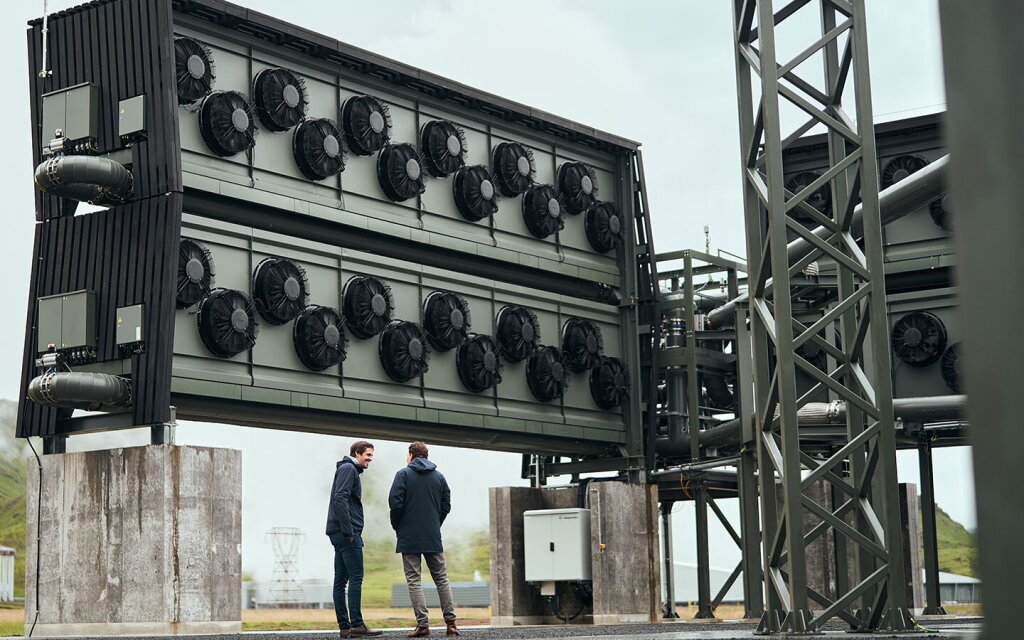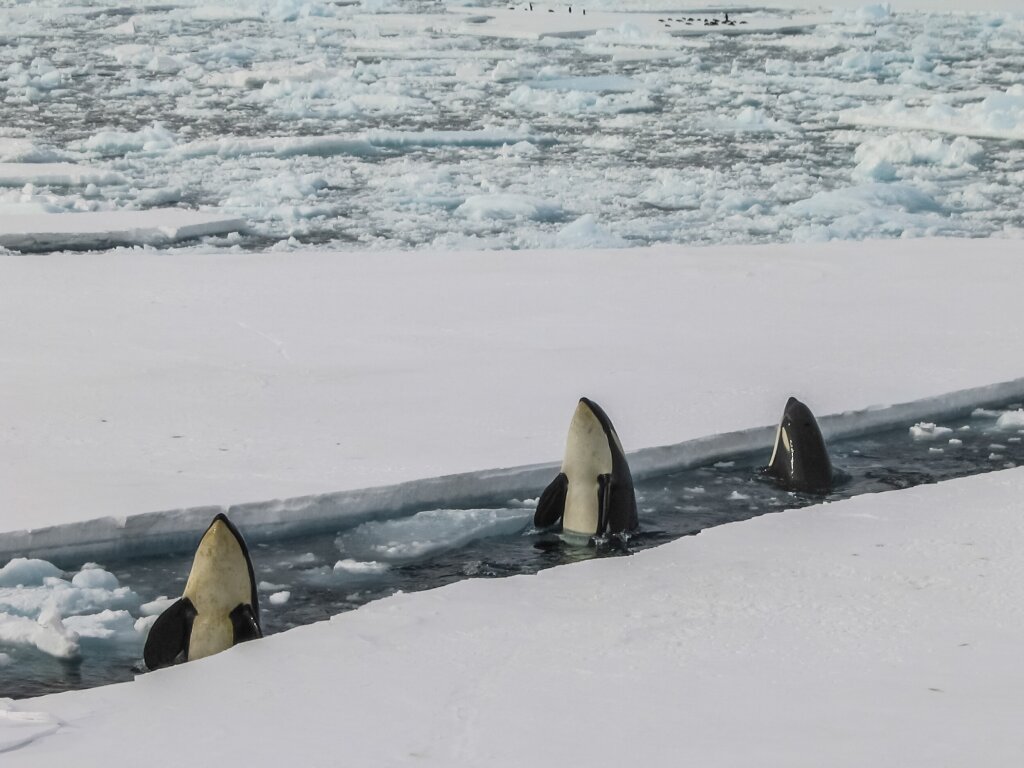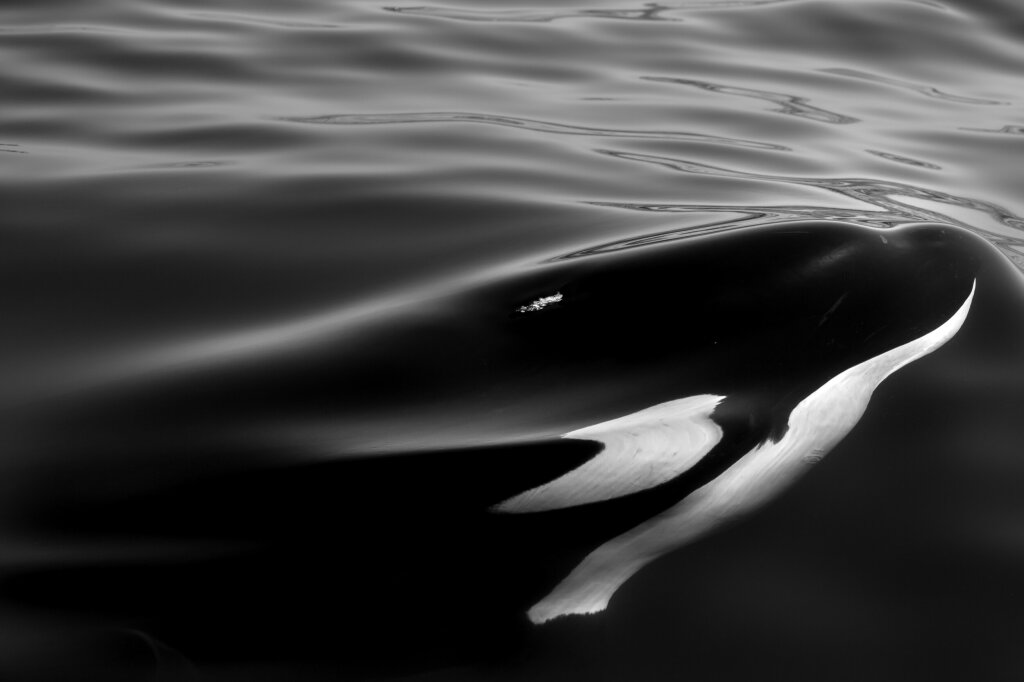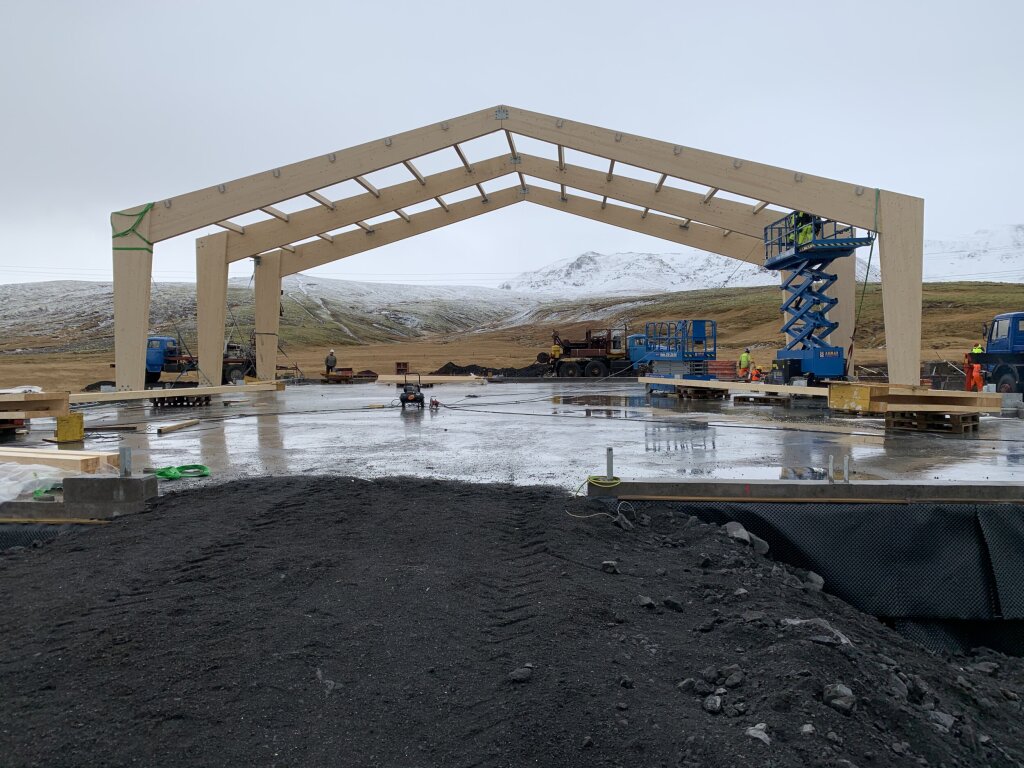

Climeworks launches Orca, the world's largest DAC and storage plant
Orca is a first-of-its-kind plant that translates the vision of industrial-scale direct air capture and storage into reality.
We’re constantly inspired by nature, and when we named the world’s first large-scale direct air capture and storage facility – that was no exception.

In 2021, we launched the world's first large-scale direct air capture and storage plant in Hellisheidi, Iceland. This plant has the capacity to remove 4,000 tons of CO₂ from the air each year, and once captured, that CO₂ can no longer contribute to climate change. Given the significance of this milestone, the task of naming this facility was no easy feat. But after much thought, we decided on a name that, to us, represented our mission perfectly – Orca.
So why Orca? Well, there are many reasons why the orca captured our imagination. Did you know, though they’re sometimes called killer whales, orcas are actually the largest species of dolphin? These creatures are highly intelligent and social, traveling up to 40 miles daily and diving anywhere from 100 to 500 feet. They’re also the second-most widespread mammal in the animal kingdom, with orcas found swimming in every ocean across the world – from the freezing waters of the north and south to the warm waters along the equator.
But aside from these facts, here are five specific qualities of orcas that drove our decision…

We use many adjectives to describe the orca: graceful, intelligent, fierce, but what about valuable? Orcas are natural carbon sinks and accumulate carbon gradually throughout their lifetime. Like whales and other aquatic mammals, their bodies sink to the bottom of the ocean when they die, where their carbon either becomes fuel for deep-sea ecosystems or is stored in marine sediments. This fact is inspiring to us because it’s a reminder that the planet is perfectly designed to maintain a healthy balance of carbon dioxide in our atmosphere – a balance we’ve upset with generations of excess CO₂ emissions. By naming our technology solution after the orca, we’ve committed ourselves to working alongside nature to address this.

Orcas are complex creatures with deep family ties, each group or pod sharing its own culture, language, and even hunting habits. In Antarctica, for example, orca pods swim in unison toward seals stranded on ice floes, creating a wave that washes their prey into the water. They work intelligently as a group, learning from one another and problem-solving to achieve their goals. This trait is inspiring to us because it reminds us why our facility is so important. As the world’s first large-scale direct air capture and storage plant, Orca has allowed us to gather invaluable field learnings that will inform future plants’ development and generations of our technology.

The black and white body of the orca is a perfect mirror for the ocean’s dark depths and the ripples of sunlight at its surface. This serves an evolutionary purpose as predators from below struggle to see the orca’s white underside against the light, while predators from above miss the orca’s black topside, which glides through the dark depths unseen. This feature was at the front of our minds when we designed the Orca plant, taking care to smoothly integrate our facility into the beautiful Icelandic countryside. To achieve this, we chose earthy colors and natural materials so it might reflect the landscape surrounding it, much as the orca is a reflective part of the waters it calls home.

Inspired by the power and strength of orcas, the Icelandic word for energy is “orka.” This word is particularly significant in Iceland as renewable energy accounts for more than 99% of the total energy consumption on the island – to put that in detail, 73% of electricity in Iceland is supplied by hydroelectric power plants and 26.8% by geothermal energy. When we decided to set up our direct air capture and storage facility in Iceland, this was a key consideration as we were determined to use 100% renewable energy for our operations. By choosing the name Orca, we committed ourselves to removing more CO₂ from the air than we produce and connected our facility to the country in which it’s located.

As of today, there are only 50,000 orcas left worldwide due to threats which include climate change. Factors such as ocean acidity, rising temperatures, and the melting of ice are affecting the food chain at all levels – from plants, to invertebrates, to small mammals, and finally, to larger mammals like the orca. The challenges these creatures now face, and the threat against marine ecosystems in general, form a large part of what motivates our work here at Climeworks. The planet is rich and abundant in life, and it’s our responsibility and mission to protect it. The name “Orca” is a constant reminder and representation of this.

Orca is a first-of-its-kind plant that translates the vision of industrial-scale direct air capture and storage into reality.

Climeworks continues to make large-scale carbon dioxide removal a reality with the rapid construction of its new direct air capture and storage plant “Orca”.
No cookies = No worries: We don’t use 3rd party cookies and only use the cookies we strictly need to keep our website functioning. Our website usage data is 100% cookie-less, anonymized, safely stored in Switzerland and under our full control. For more information, please check out our privacy notice.